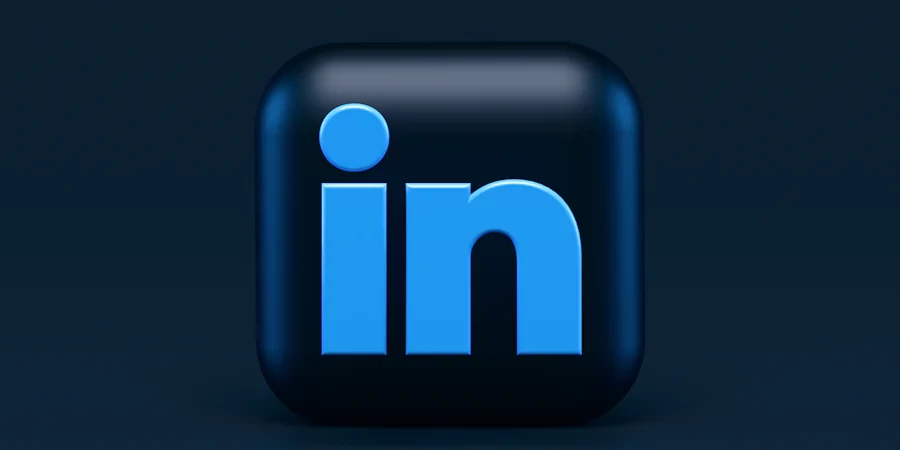Creating meaningful relationships between influencers and brands can be a bewildering business. Often used as a panacea for starving images though to propping up sales, a quick-fix influencer campaign can be the go-to sticking plaster of choice for many.
We recommend you future proof your campaigns with a strategic and smart approach to influencers. Leave the epic fails to the competition.
Influencer Fail #1 – ‘Influencer campaigns don’t need targets.’
Like every comms activation, an influencer campaign must first be aligned to the brand’s goals. Don’t use influencers as pure advertising tabloids. Take the time to formulate a thorough briefing which successfully communicates the brand and product to the influencers via a specially created playbook and a series of individual briefings. The result is likely to be a much more individualistic approach from each influencer and ideas of value that deliver a significantly better ROI.
Influencer Fail #2 – ‘It’s all about reach, right?’
Nope. With many tools and platforms boasting millions of influencers it’s really easy for brands to be become giddy with the volume of numbers and ignore compatibility. To create a credible and tangible engagement with followers, influencers must fit the brand, the product, the performance or the service. The most successful way to enlist the most appropriate ones is to ensure influencer selection is based on a well-defined catalogue of compliance and criteria.
Influencer Fail #3 – ‘Keeping collaborations quiet makes them more credible.’
We always ask our influencers to make their relationship with the client transparent and not to hide the collaboration. There are many factors to consider, not least product endorsements compared to paid collaborations but transparency helps build trust and engagement. The terms of each agreement should clearly outline transparency as a requirement of both the brand and the influencer.
Influencer Fail #4: “Any PR, is good PR!”
As a brand you may tempted by questionable hashtags or as an influencer be driven by income rather than product fit but generating original content will be much credible and authentic in the long run. Mass output is no substitute for individualised content. Repurposed and recycled stories by hundreds of micro-influencers are easy to spot and a bad story doesn’t improve with age or frequency. Give serious consideration to creating your own code of conduct or content guidelines.
Influencer Fail #5: ‘A one-night-stand is better than a long-term relationship!’
Collaborative one-offs may seem a quick and easy fix but is often a wasted opportunity, especially when it comes to sales support. Influencer actions only maximise the potential if they communicate the product message regularly and credibly to their community. Don’t underestimate the power of building strong, on-going relationships. With influencers, be it niche micro-influencers or seemingly sure bets, the best results occur if campaigns are planned in a scalable way and participants are developed into brand advocates and ambassadors.
How to get it right….
Identify the right influencers.
A fully digital platform can be fast and inexpensive but often only offer vanity metrics that are hollow, superficially appealing metrics containing little substance. A fully analogous manual search may deliver some intermittent quality results but is labour intensive and expensive.
TRIX – The Ranieri Influencer Index combines both.
The Ranieri Digital Strategies Division has combined both approaches and created an innovative and smart digital analysis tool for the assessment, monitoring and recommendation of influencers, called TRIX. The Ranieri Influencer Index is a scorecard and platform for both influencer marketing and influencer relations built on actionable metrics.
TRIX relies on over indices to make up the scorecard. These combine tool-based, data-supported analytics and quality aspects that an influencer must meet on its channels. The quantitative data also factors in interaction rates, mail frequency, reach of the satellite channels, website traffic, backlinks, findability on the net, sponsor integration and much more.
Our experienced analysts assess the qualitative aspects and evaluate them on a previously defined scale. Here, thematic opinion leadership is just as important a factor as demographics.


